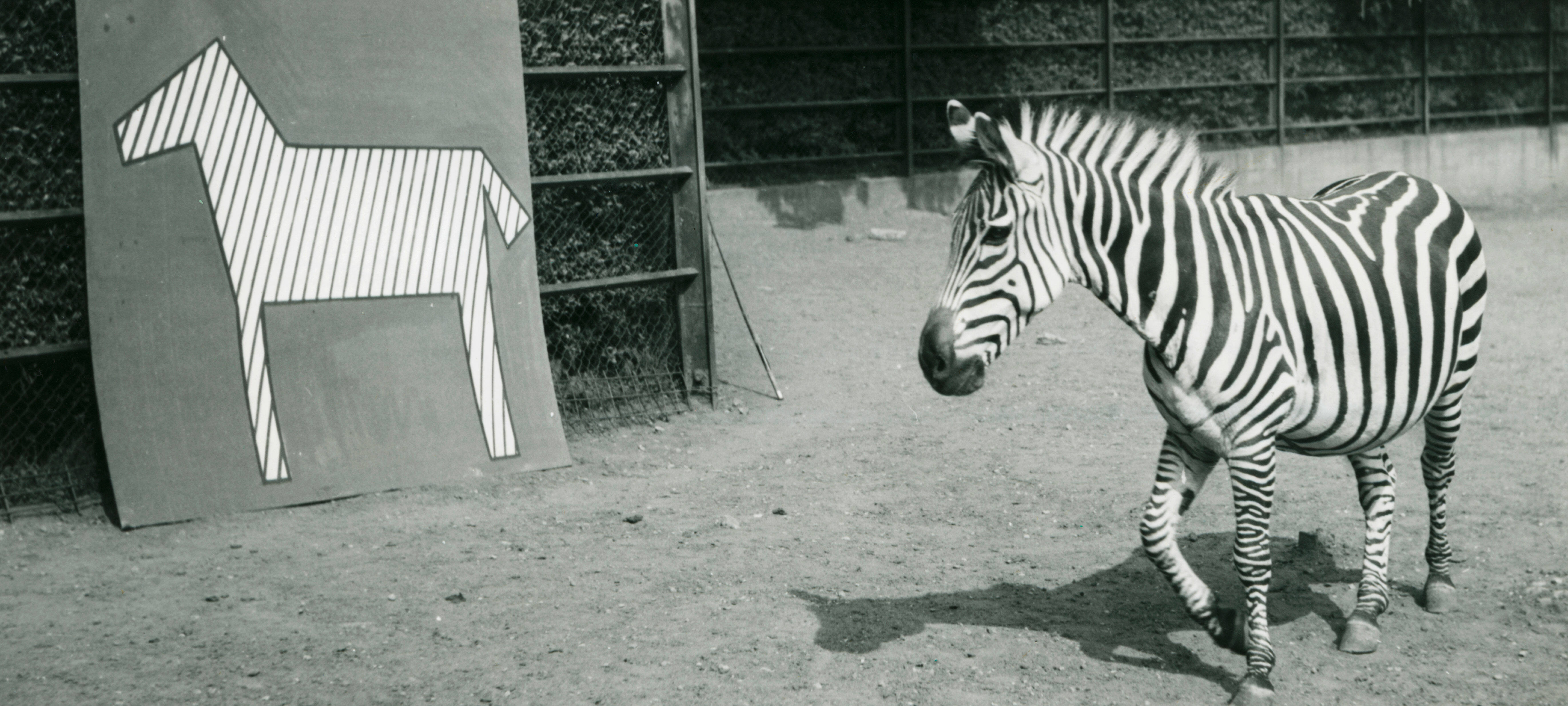Übergordnete Werke und Veranstaltungen
Creature Comfort
Personen
Media
All over the world, zoos are among the most popular recreation facilities. Evolved from royal menageries, transformed into civil education centres during the French Revolution with the Jardin des Plantes, the archetype of all zoos, they have always remained places for the presentation of power. In a newsreel from 1910 showing Kaiser Wilhelm feeding baboons in Tierpark Hagenbeck, power is the underlying narrative. Behind the exhibition of wild, exotic animals behind bars in urban zoos kept by colonial powers lies the will to appropriate and dominate nature. The close up view of wild animals, however, also makes visible their needs. From the start, zoos thus enabled their own critique. This is exemplified in Creature Comforts, an Oscar winning animation film by Nick Park. Park has animals from an English zoo, e.g. a lion, a gorilla and a turtle, describe their situation. Each animal compares its life in the zoo with life in the wild. Some things are better in the zoo than outside, some, such as the English weather, less so. The main issue is space. "We need space", states the lion emphatically and succinctly. No zoo will ever be able to change anything about that, because zoos will never have the space to accommodate animals with huge territories, such as polar bears, in a 'species-appropriate' way. Social space is another matter. Appropriate keeping in zoos is possible for animals whose social life is more important than the size of the cage, i.e. for animals that live well together such as penguins and most monkey varieties, adapt to one another or can select mates. The advances in behaviour studies have made it possible in many cases to build up zoo populations through socially appropriate captivity, which have in rare cases exceeded the size of wild populations.
The zoo has thus long become a self developing biotope of its own, as is demonstrated by Films like Tiere ohne Feind und Furcht (Animals without Foe and Fear) by Bernhard & Michael Grzimek and Rita Arendt's Das Paradies der Tiere (The Animal Paradise), films that bear the marks of this world in their titles. By concerning themselves with the captivity conditions of animals that are becoming increasingly rare in the wild, zoos have become centres for the study and preservation of such animals. That said, such research is naturally useless or merely self-serving if the results are not taken outside, into active animal protection, and so conveyed to the zoo public. This is an aspect with which zoos still have their problems. The few studies concerning the behaviour of human zoo visitors are disappointing. The average zoo visitor spends one to two minutes before a given animal and over ninety percent don't get to the end of the first sentence of the often informative text panels. The artist group Neozoon Collective has gathered impressive material pertaining to this issue for their project Das Manteltier (The Non-Toed Fur-Coatie), in which automatic fur coats move about in a cage in Münster Zoo. The self-contradiction inherent to the zoo is the balancing act it does, serving the public's need for spectacle while working for and with the animals. Nevertheless, providing visitors with a spectacle need not be a bad thing. Joanna Rytel's Monkey Performance, in which the artist strips before a group of monkeys behind glass, is received by the animals as a welcome change rather than a nuisance.







